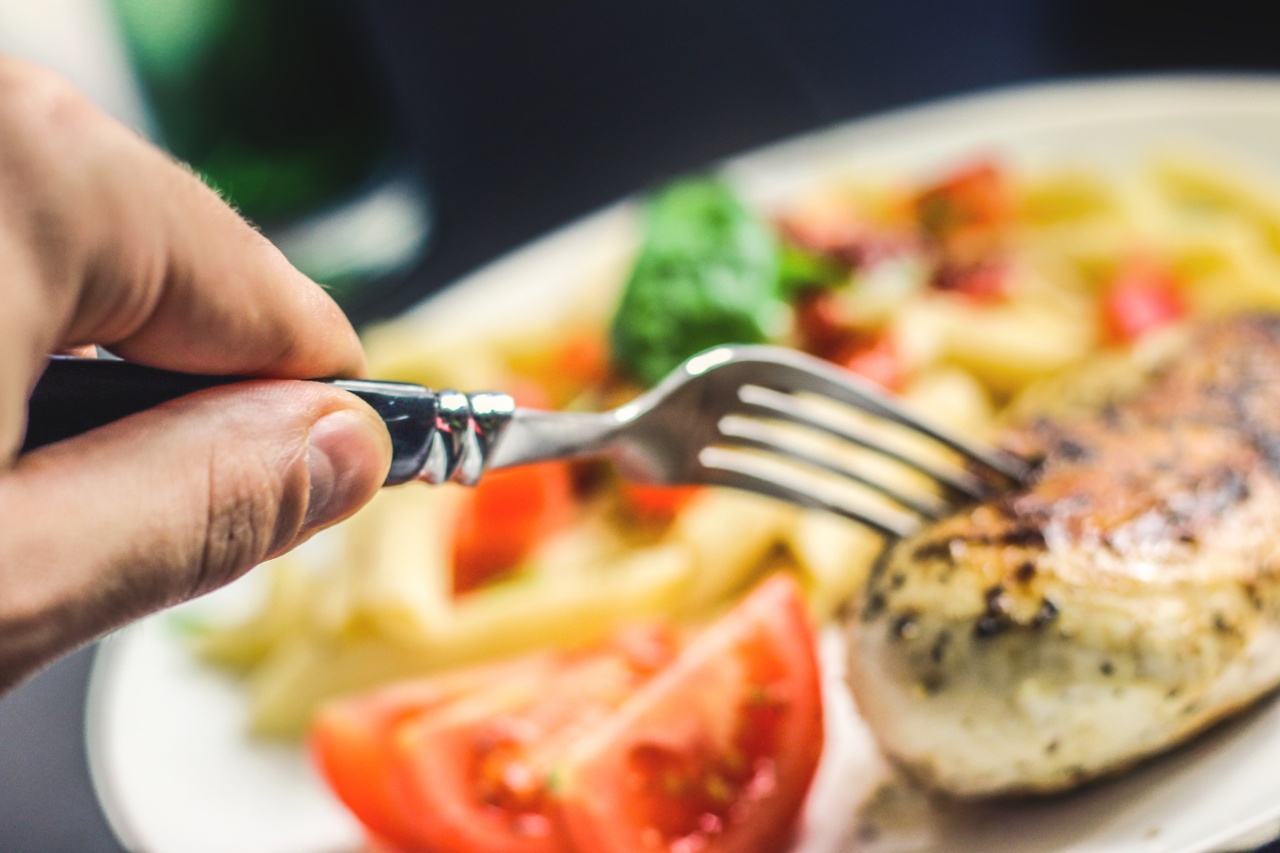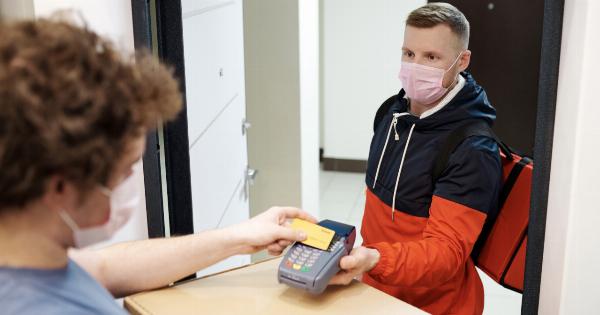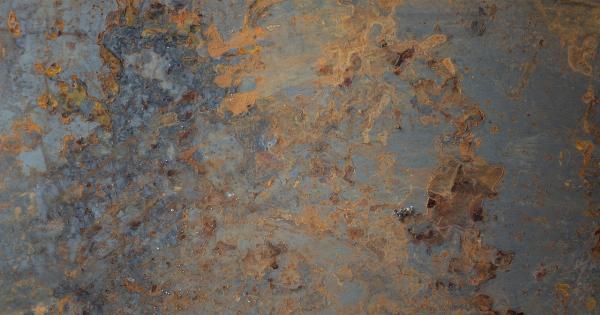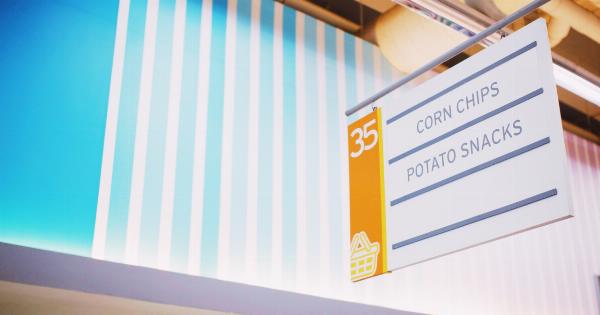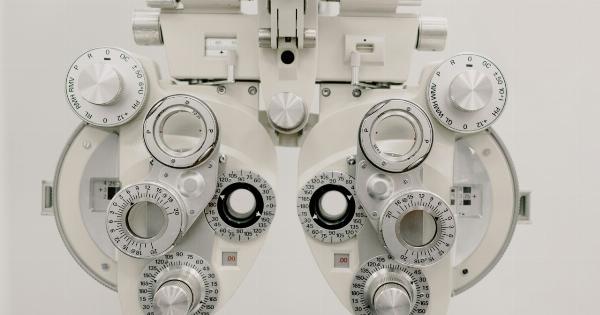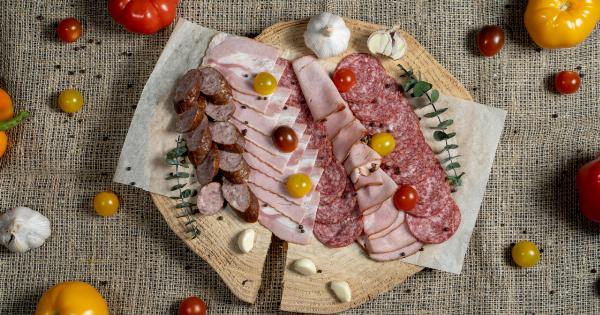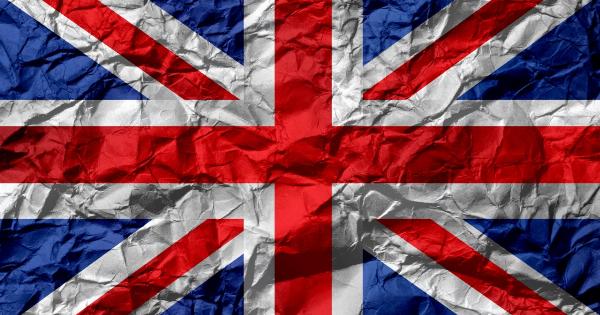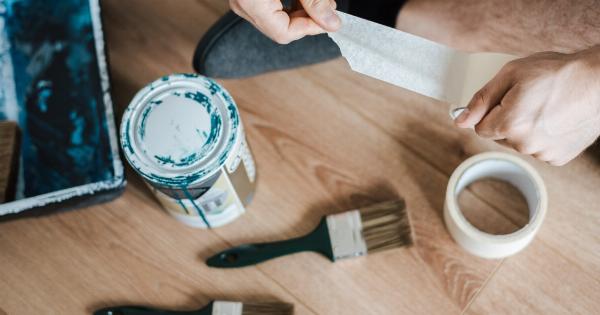Technology is evolving day-by-day and with the introduction of 3D printing, we are taking a bold step towards revolutionizing the food industry.
3D food printers are machines that use edible materials to form 3D objects by layering materials until the final product is formed. In other words, 3D food printers turn digital files into real, edible products. With a 3D food printer, you can create cool designs, shapes, textures, and also mix new flavors.
What is a 3D Food Printer?
A 3D printer is a machine that creates a physical object from a digital design. It allows you to create shapes, designs, and structures by building them layer by layer.
In the case of 3D food printers, this means building up layers of edible materials until the final product is formed.
How Does it Work?
3D food printing utilizes the same technology as regular 3D printing, but instead of printing materials like plastic, metal or ceramics, the 3D food printer prints out different types of food.
The process involves mixing together various ingredients like dough, sugar, cheese, and other edible materials into a paste and then layering the mixture in a way that allows you to create distinct shapes and patterns.
What Kind of Foods Can You Print with a 3D Printer?
You can print a wide range of foods with a 3D printer, including:.
- Chocolates and sweets
- Meats, fish, and poultry
- Biscuits, cakes, and cookies
- Candies and gummies
- Pizzas, burgers, and sandwiches
- Bread and pastries
Advantages of a 3D Food Printer
There are several advantages to using a 3D food printer, including:.
- Customization: With a 3D food printer, you can create customized, intricate designs that are not possible with traditional cooking methods. This means you can easily replicate complex patterns and shapes, which makes it ideal for creating artistic desserts or unique snacks.
- Efficiency: 3D food printers are highly efficient due to their precision and accuracy which means that you can produce a large quantity of food in a shorter period of time.
- No Wastage: Since the printer is only using what is required, there is a significant reduction in post-production food waste. This also means that the cost of raw materials is minimized.
- Freedom of Design: With a 3D food printer, the only limit to what you can create is your imagination. This means that chefs and food artists can create unique, stylized designs and configurations that can’t be achieved manually.
- Health Benefits: With 3D food printing, the chef has complete control over the ingredients used and can adjust the nutrient and calorie content of the food accordingly. This leads to healthier options for meals or snacks.
Disadvantages of a 3D Food Printer
There are also a few disadvantages of using a 3D food printer:.
- Cost: Currently, 3D food printers are relatively expensive, which means that they are not readily accessible to the general public. The cost of the machine and raw materials add up, making it prohibitive for most people.
- Need for Technical Skills: They require technical skills to operate and maintain, which means that you need to have some expertise to use them. This can be a steep learning curve, especially for those who are not tech-savvy.
- Limited Capacity: Although 3D printing is efficient in terms of reducing food wastage, it is still limited with regards to capacity. This means that it is not yet suitable for large-scale food production.
Uses of 3D Food Printers
Here are a few ways that 3D food printers are being used today:.
- Education: 3D food printers are great tools for education since they allow students and researchers to explore the science behind food. Schools and colleges are using 3D food printers to teach students about food engineering, culinary arts, biotechnology, and nutrition.
- Restaurants: Some chefs have started using 3D food printers to create unique and beautiful designs that can be customized to their customer’s preferences. Additionally, they’re also being used for speedy preparation of ingredients and intricate detailing.
- Aerospace: NASA has been researching 3D food printers for astronauts on extended space missions, as they offer a portable, quick, and efficient way of producing personalized meals in space.
- Medical field and nursing homes: Hospitals and nursing homes can also benefit from 3D food printers in producing customized diets and tailored snacks for their patient’s specific dietary needs and restrictions.
Final Thoughts
3D food printers look like they are here to stay. Although they are still in the early stages of development, they offer a more personalized, efficient, and inventive way to prepare meals.
Whether it’s just for a fancy dinner party or feeding astronauts in space, 3D food printers are the perfect way to satisfy the hunger of those who like to experiment with their food.
Perhaps its greatest advantage is that it opens up a world of creative possibilities, with chefs and food artists alike embracing this innovative technology to create fun, healthy, and visually stunning designs that could not be accomplished otherwise.
